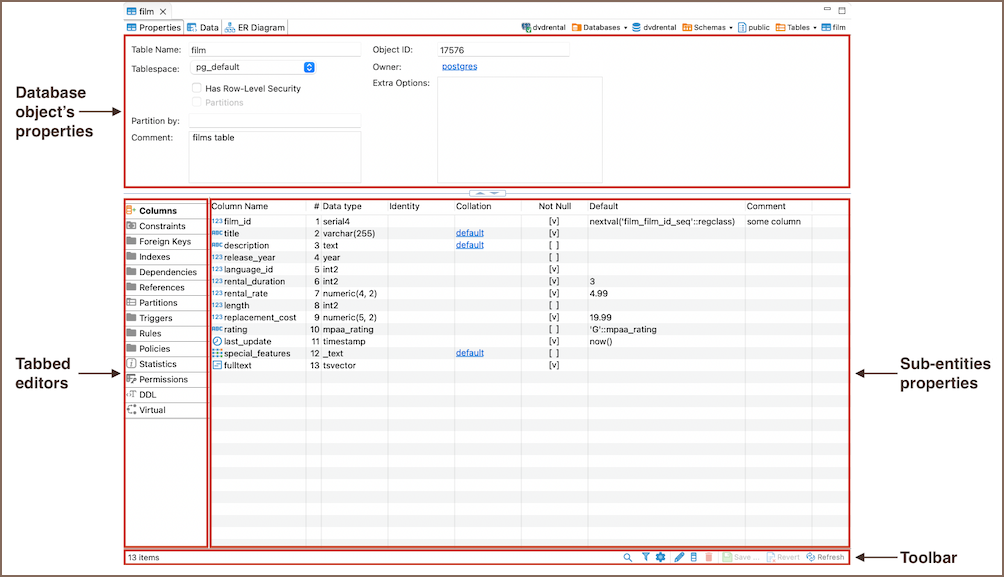
Scroll bars, of course, are the strips that may appear at the right side and/or bottom of a window.

These days, PC monitors are bigger than ever-but so are the Web pages and documents that they display. UP TO SPEED: Scrolling: The Missing Manual When you click it, a dialog box appears, containing settings or information about that object, as shown in Figure 1-4. In the resulting shortcut menu, you’ll often find a command called Properties. In those cases, simply right-click the corresponding icon. Many other times, however, you may want to adjust the settings of only one particular element of the machine, such as the hard drive, the Recycle Bin, or a particular application. When you want to change some general behavior of your PC, like how it connects to the Internet, how soon the screen goes black to save power, or how quickly a letter repeats when you hold down a key, you use the Control Panel window (described in Chapter 6). You can replace the gray backdrop of the screen (the wallpaper) with your favorite photograph, change the typeface used for the names of your icons, or set up a particular program to launch automatically every time you turn on the PC. You can change almost every aspect of the way Windows looks and works. You can’t write an operating system that’s all things to all people, but Microsoft has certainly tried. You Could Spend a Lifetime Changing Properties See Figure 1-2 for a quick visual reference to the onscreen controls you’re most often asked to use. When you read an instruction like “press Ctrl+B,” start by pressing the Ctrl key then, while it’s down, type the letter B and finally release both keys. For example, in word processors, you can press Ctrl+B to produce a boldface word. That’s why many experienced PC fans prefer to trigger menu commands by pressing certain combinations on the keyboard. If you’re typing along in a burst of creative energy, it’s disruptive to have to grab the mouse to use a menu. Other people like to press the mouse button continuously after the initial click on the menu title, drag down the list to the desired command, and only then release the mouse button.

Some people click and release to open a menu and then, after reading the choices, click again on the one they want. Click one to make a list of commands appear. The menus are the words that appear in a row at the top of many windows: File, Edit, and so on. If you double-click an icon, on the other hand, you open it (usually into a window or a program). Now you’re ready to manipulate it by using, for example, a menu command. If you click an icon one time, it darkens, indicating that you’ve just highlighted or selected it. Figure 1-1. These are just a few of the icons you’ll encounter in Window.


 0 kommentar(er)
0 kommentar(er)
